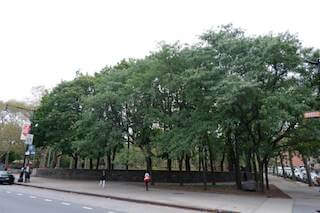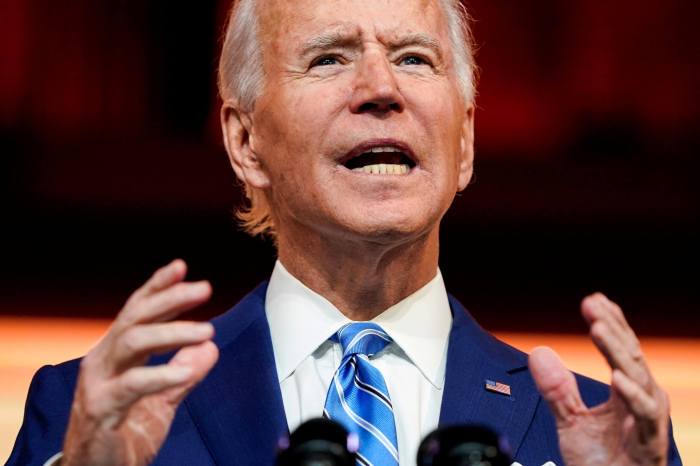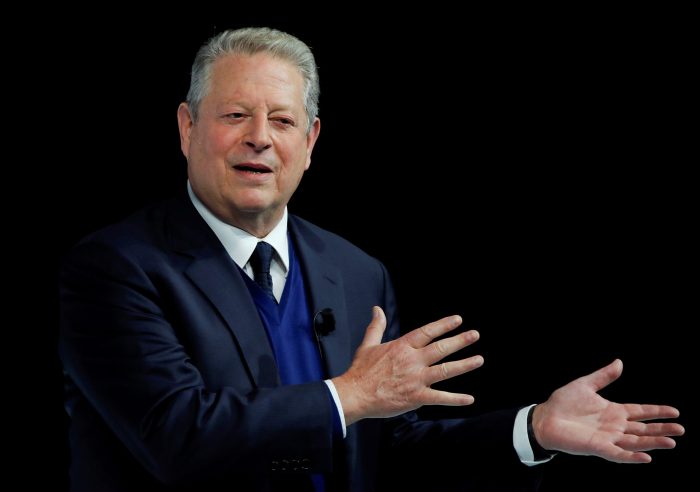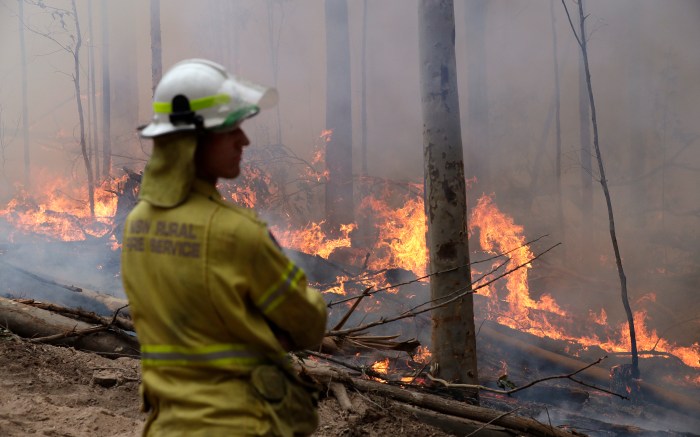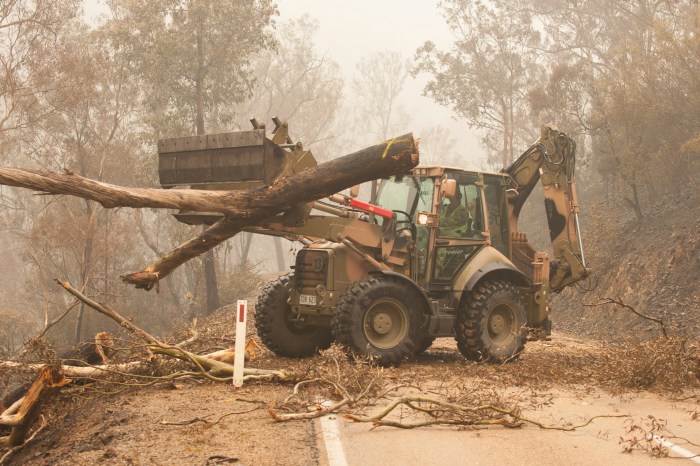By Kevin Duggan
Timber!
Parks Department lumberjacks will be chopping down trees in Fort Greene Park as part of a recently-relaunched $24 million makeover of the lawn’s Myrtle Avenue side — but they promise they’ll plant at least 200 new ones when it’s finished, according to an agency spokesperson.
“The project will more than double the amount of trees being planted — at least 200 new trees will restore and enhance Fort Greene Park’s existing and future tree canopy. The project still will require tree removals,” Anessa Hodgson told Brooklyn Paper in a statement.
The rep declined to say exactly how many trees are destined for the wood chipper, but the redesign’s previous proposal included 83 mature trees getting the axe — 31 to accommodate a redesign of the entrance near Myrtle Avenue and Washington Park, and 52 to make way for a grand paved plaza at the corner of St. Edwards Street.
Parks pitched the overhaul as an effort to make the greenspace more wheelchair accessible and spruce up a section of the lawn which hasn’t been upgraded for decades. The old iteration of the plan also included a new adult fitness and barbecue areas, renovated staircases, along with upgrades to the pathways, drainage, and lighting.
Their plans were halted, however, in early 2020 after local activists under the moniker Friends of Fort Greene Park, along with the environmentalist from the Sierra Club and the preservationist organization City Club of New York, sued the city over transparency concerns, claiming Parks was trying to sidestep an environmental review by classifying the changes as routine maintenance and accessibility upgrades.
The agency revived the polarizing scheme Friday under Mayor Bill de Blasio’s Parks Without Borders program and combined them with other improvements slated for the greenspace, including more drainage and path improvements, staircase renovations, and grading.
Officials have also contracted a consultant to prepare a so-called Environmental Assessment Statement while they finish designing the project over the coming year, according to the April 9 announcement.
Hodgson said Parks does not currently plan to take away more trees than with the old project, but noted that some could face the chopping block if their arborists determine they’re in bad health.
“At this time, we do not plan to remove more trees than previously slated,” she said. “As we evaluate and design the expanded scope there may be additional trees that require removal as determined by NYC Parks’ Forestry. A full tree assessment of this area to evaluate the health and condition of the existing trees has not yet been performed at this early stage in the design.”
One local activist with Friends of Fort Greene Park bemoaned the plan’s revival, — noting that any tree replacements will take decades to grow back.
“Saplings take 20-to-30 years to provide the canopy that provides the same environmental benefits like air quality and shade,” said Enid Braun. “What is dismaying is the lack of transparency here. It reflects the same high-handed approach that they did the last time.”
The group’s first lawsuit in 2017 revealed that officials lied about many of the trees being sick and near-death to advance their plans, and Braun worried that the city might try and do the same again in the name of aesthetics.
“Obviously the trees that are in truly bad shape, you don’t want a tree falling on somebody, nobody objects to that,” said Braun. “We would oppose the removal of healthy mature shade trees for design purposes.”
A park steward with the Fort Greene Park Conservancy previously argued that the current trees did not allow for a lot of other vegetation to bloom underneath them due to their dense foliage and that new ones would enable so-called “understory gardens,” consisting of shrubs, and ferns that help curb erosion and provide a better habitat for Brooklyn’s birds and bugs.
If the consultant’s Environmental Assessment Statement concludes that there will be significant environmental impact resulting from the redesign, the agency will have to complete a more comprehensive review, known as an Environmental Impact Statement.
An attorney representing the locals opposed to the tree removal demanded that the city allow for full transparency, as well as sufficient input for neighbors.
“It is clear that the prior plan for the Park required the Parks Department to prepare an Environmental Impact Statement prior to approving any project for the Park,” said Richard Lippes in a statement. “Assuming any new proposed plans for park renovation includes similar proposals, an EIS will insure [sic] appropriate transparency and input from the public, as well as assuring that adverse consequences to the Park will be mitigated.”
Hodgson said the city plans to present a design to local Community Board 2 later this spring.
This article first appeared on our sister site. www.brooklynpaper.com



